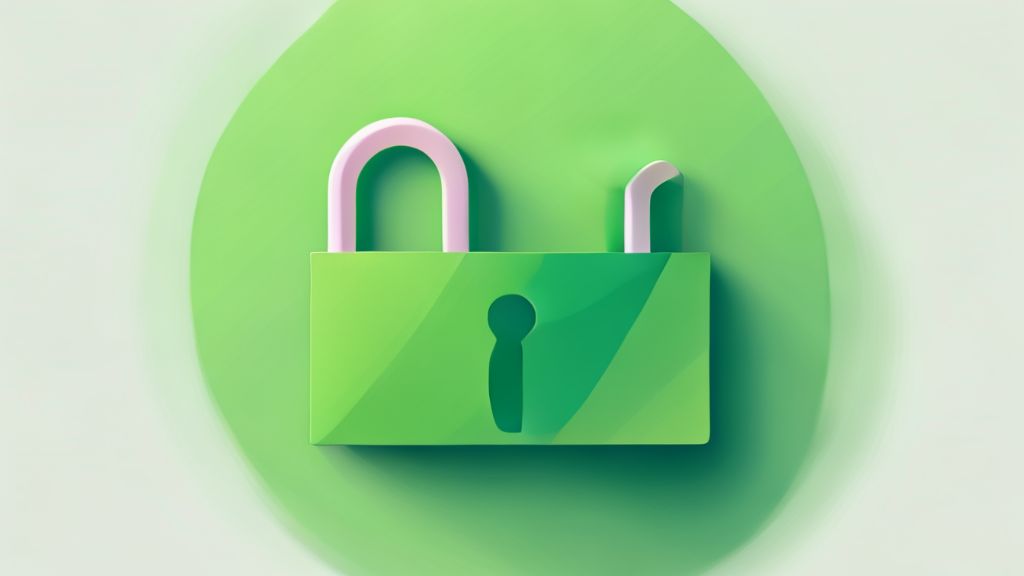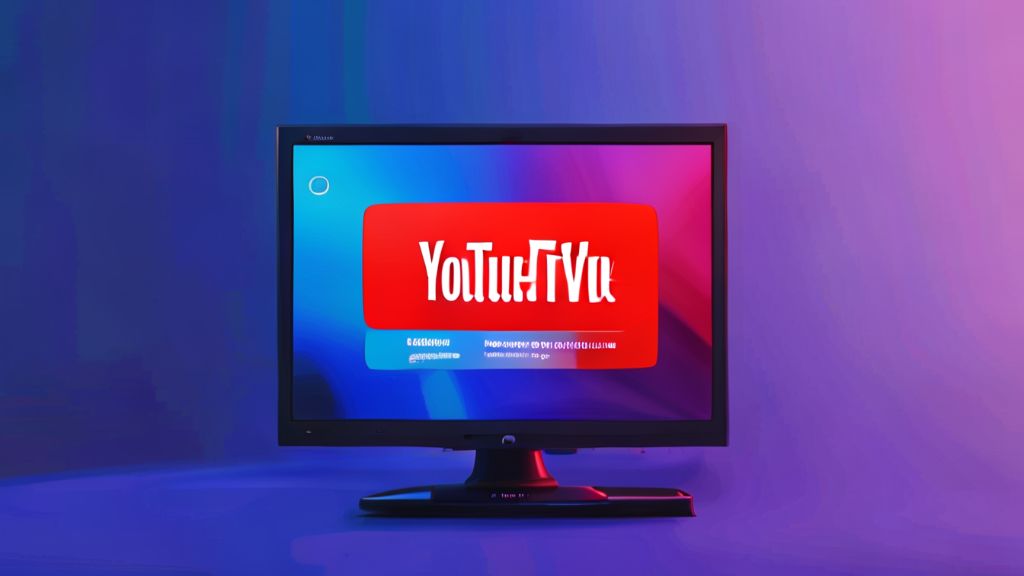Why is Google Classroom Becoming the Go-To Spot for Teaching and Learning?
Why is Google Classroom Becoming the Go-To Spot for Teaching and Learning?

Let’s talk about Google Classroom, you know? It’s really become this amazing central spot for teaching and learning lately . What’s cool is how it brings together all those important educational workflows into one platform . It doesn’t just stand alone, either; it connects seamlessly with all our favorite Google tools like Docs, Sheets, Meet, and Slides . This makes everything feel much simpler, right? From my experience, having everything linked just makes life easier for both teachers and students.
Here’s the thing, beyond making workflows easier, Google Classroom gives administrators a clearer picture and more control from their console . They can really help roll it out across a whole district or even countrywide . And the best part? Underneath all of it, like with all Google products, you’ve got that incredibly advanced digital security system working hard . It’s pretty reassuring, you know? So, it’s not just about convenience; it’s built on a really solid, secure foundation.
How Does Google Classroom Make Grading Less of a Headache?

Okay, let’s be real, grading can sometimes feel like a mountain of work, right? But Google Classroom actually has some really neat tools to help make it less of a pain . They’ve designed this super teacher-friendly interface, even on mobile devices . This means you can grade pretty much anywhere, which is a game-changer, you know? It really meets teachers where they are.
What’s also cool is the gradebook feature . Teachers can use it to keep track of how students are doing overall . And get this, the grades can even sync with a growing list of Student Information Systems (SIS) . That syncing part is a big deal because it saves teachers a ton of time after they’ve finished grading . Plus, there are great tools for giving feedback, like rubrics and a handy customizable comment bank . Oh, and you can set up guardian summaries too, so parents stay in the loop about assignments and deadlines . It really helps keep everyone connected.
Can Google Classroom Really Help Students Avoid Plagiarism?

Encouraging students to think critically is super important, right? And part of that is making sure they understand the importance of original work . This is where originality reports in Google Classroom come in, and they’re pretty powerful, you know? They let both students and teachers check work for missing citations before it’s even turned in . It’s like having a built-in check for academic integrity.
Here’s the surprising part: it doesn’t just scan against stuff you find online outside of a school’s domain . It also scans internally against a special repository of past student work within that school’s domain . This is a big deal because it catches that internal stuff too. Now, to get the full power of this feature, your school does need a paid SKU, like the Teaching and Learning Upgrade or Edu Plus . But honestly, we’ve seen this be a major selling point, and it might even help schools save money by replacing other third-party tools they were using . Pretty interesting, right?
What’s New and Exciting in Google Classroom?

Things are always evolving in the world of educational technology, and Google Classroom is no exception, you know? They’re constantly adding new features, and some really exciting ones are coming out or are already here . For instance, the fundamental edition now includes some features that were highly requested by teachers and address important concerns like equity and safety . And with the paid versions, we’re seeing cool things like roster import and Classroom add-ons . It’s like getting a whole new set of tools.
Let’s talk about one feature coming to all versions this year that teachers have been asking for like crazy . You’ll be able to easily schedule assignments to multiple classes at once! This was a big hurdle for deeper adoption, and seriously, teachers are going to love this . Imagine assigning that Macbeth essay to all your English sections with just a few clicks . You can set it and forget it; pretty cool, huh? Also, get ready for offline capabilities on the Android mobile app . Students will be able to work on assignments and even write in Google Docs without internet . They just submit when they’re back online . This opens up a whole new world for learning no matter the connectivity .
And for even more excitement, they’re making some big updates to how teachers use Google Meet right inside Classroom . It’s all about making it easier, safer, and more secure . Now, students will wait in a virtual waiting room until a teacher joins the meeting . Plus, anyone not on the class roster will have to ask to join, which is great for keeping out unwanted guests . And all co-teachers in a class will automatically become co-hosts in the Meet . Only students actually listed in the class roster can join . It’s all designed to make those virtual lessons much more secure.
How Are Google Classroom Add-ons Changing the Game?

Okay, get ready because Classroom add-ons are a really exciting development . Think of it this way: Google is partnering with some of the best educational tech tools out there to bring their content directly into Classroom seamlessly . This means you won’t have to jump through hoops or deal with extra sign-ins anymore. It’s currently rolling out in beta in the US and will be part of the paid Teaching and Learning Upgrade and Education Plus versions .
They’re starting with nine initial partners, which is a great beginning, you know? The list includes names you might recognize like Adobe Spark, Book Widgets, CK12, Edpuzzle, IXL, Kahoot, Nearpod, Newsela, and Safari Montage . It’s a fantastic mix of resources! Let me give you an example of how it works with something like Book Widget . As a teacher, you just create an assignment like usual, but now you’ll see an add-ons button . You click it, pick Book Widget, find your assignment, and assign it .
Now, on the student side, they see the assignment right in the stream and open it up . When they open the Book Widget attachment, the assignment opens up right there where they can do their work . The amazing part? They never have to leave Classroom and they don’t need a separate sign-in . Once they finish, they just hit turn in . On the teacher’s end, they’re ready to grade, click the student’s name, and see the work right inside Classroom’s grader view . They can add comments, hit return, and boom, the grade automatically goes back to the Classroom gradebook . It’s incredibly smooth, right?
Is Roster Import the Secret to Saving Teachers Time?
Let’s talk about something that can save teachers a ton of precious time: roster import . For districts in the US with Google Workspace for Education Plus, this feature is a game-changer . It lets them automatically set up classes and keep their rosters in sync with their Student Information System (SIS), powered by Clever .
What this means is that IT admins can create classes using Clever . This is huge because teachers won’t have to manually create classes and invite students anymore . Seriously, think of the valuable prep time that saves teachers . Now, a cool fact here is that this feature won’t mess with any classes teachers have already created on their own . IT leaders can run this at the district, school, or even teacher level . They really worked with administrators to make it flexible and personalized . Plus, rosters will automatically update when changes happen in the SIS and Clever .
However, it’s important to know what roster import won’t do . It won’t create, modify, or delete accounts in Classroom . It also won’t manually create courses or change ones that were manually created . And here’s a counterintuitive point: it won’t write grades back to the district’s SIS . That’s actually a separate grade syncing feature they have . So, while it handles creating and syncing rosters automatically based on SIS and Clever data, it doesn’t take away teachers’ ability to add or remove students and co-teachers manually after classes are set up . The main goal is to let districts quickly set up classes and rosters using their SIS and Clever .
How Can Administrators Track Engagement and ROI with Google Classroom?
For administrators, seeing the return on investment (ROI) when using Google Classroom is really important, you know? They need to be able to track and understand how much both engagement and ROI are happening . Google has actually worked on making this easier for them.
They’ve partnered with BigQuery, which is not a supported Workspace product itself, but it allows administrators to export their data . Once that data is exported, they can then use Data Studio, which everyone has access to, to visualize everything . This means they can create templates to show and display all the engagement and usage stats at a high level . It’s a way for them to continuously improve things at the district level . This particular feature is available in the Google for Education Standard and Edu Plus editions . So, administrators have the tools to dig into the data and see how Google Classroom is being used and the impact it’s having.





